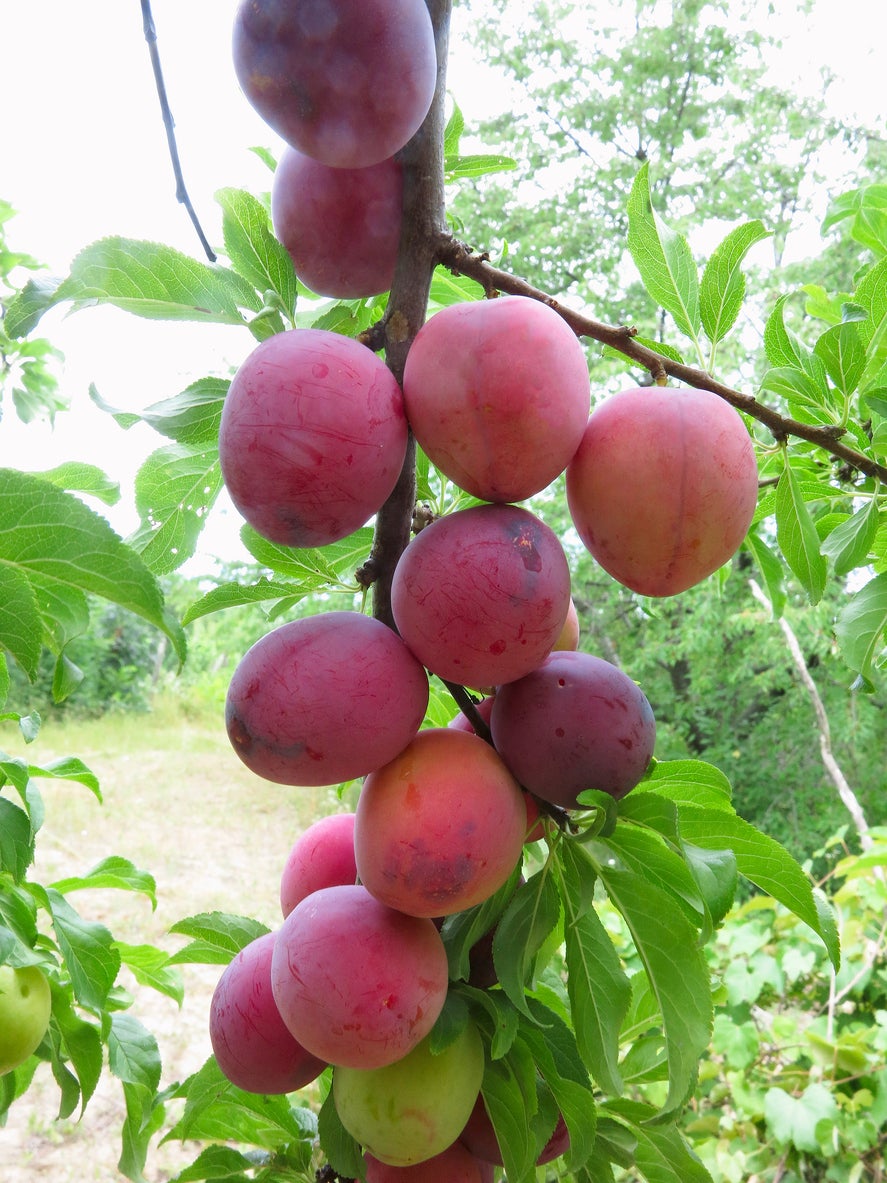Jubileum Plum Care – Planting A Jubileum Plum Tree At Home


If you like Victoria plums, you’ll love Jubilee plums. What is a Jublieum plum? It’s the fruit of the Jubileum plum tree, and a bigger, better version of the Victoria plum. Growing Jublileum plums is not difficult as long as you pick an appropriate planting site and provide the right care. Read on for information about Jubileum plum trees and tips on Jubileum plum care.
What is a Jubileum Plum?
Jubliee plums, also known as Jubileum plums, are better known in Britain than in this country. So exactly what is a Jubileum plum? It’s an improved version of the extremely popular Victoria plum. Those growing Jubileum plums report that the fruit looks a lot like the Victoria plum, with mottled red skin. The fruit is long, oval, and uniform, somewhat larger than the Victoria plum. When you open these plums, the fruit is deep yellow. It is firm but also very sweet. The Jubileum plum is said to be a top-notch plum for eating fresh, and is often called a plum of superb eating quality. These juicy plums work well as dessert plums since they are succulent and attractive. It can also be used very successfully for cooking.
Jubileum Plum Care
Growing Jubileum plums isn’t very difficult if you live in an appropriate region for plum growing. Plums, in general, require plenty of sun and well-draining soil. If Victoria plums grow in your area, you won’t have any trouble with Jubileum plum care. These plums are so simple to grow that they are touted as perfect plums for beginners. They are disease resistant and hardy. An additional plus is that Jubileum plum trees are self-fertile. That means that Jubileum plum care does not include planting a second species plum tree nearby to get fruit. These trees are known for a heavy yield. Despite their self-fertile status, you may be able to get even more fruit with a compatible pollinator species in the area. The Jubilee plums come to harvest in mid-August, so pick a second plum species with a similar fruiting time. Some considerations include:
- Avalon
- Belle de Louvain
- Cambridge Gage
- Early Transparent Gage
- Farleigh
- Guinevere
- Merryweather
- Opal
- Victoria
Sign up for the Gardening Know How newsletter today and receive a free copy of our e-book "How to Grow Delicious Tomatoes".

Teo Spengler is a master gardener and a docent at the San Francisco Botanical Garden, where she hosts public tours. She has studied horticulture and written about nature, trees, plants, and gardening for more than two decades, following a career as an attorney and legal writer. Her extended family includes some 30 houseplants and hundreds of outdoor plants, including 250 trees, which are her main passion. Spengler currently splits her life between San Francisco and the French Basque Country, though she was raised in Alaska, giving her experience of gardening in a range of climates.